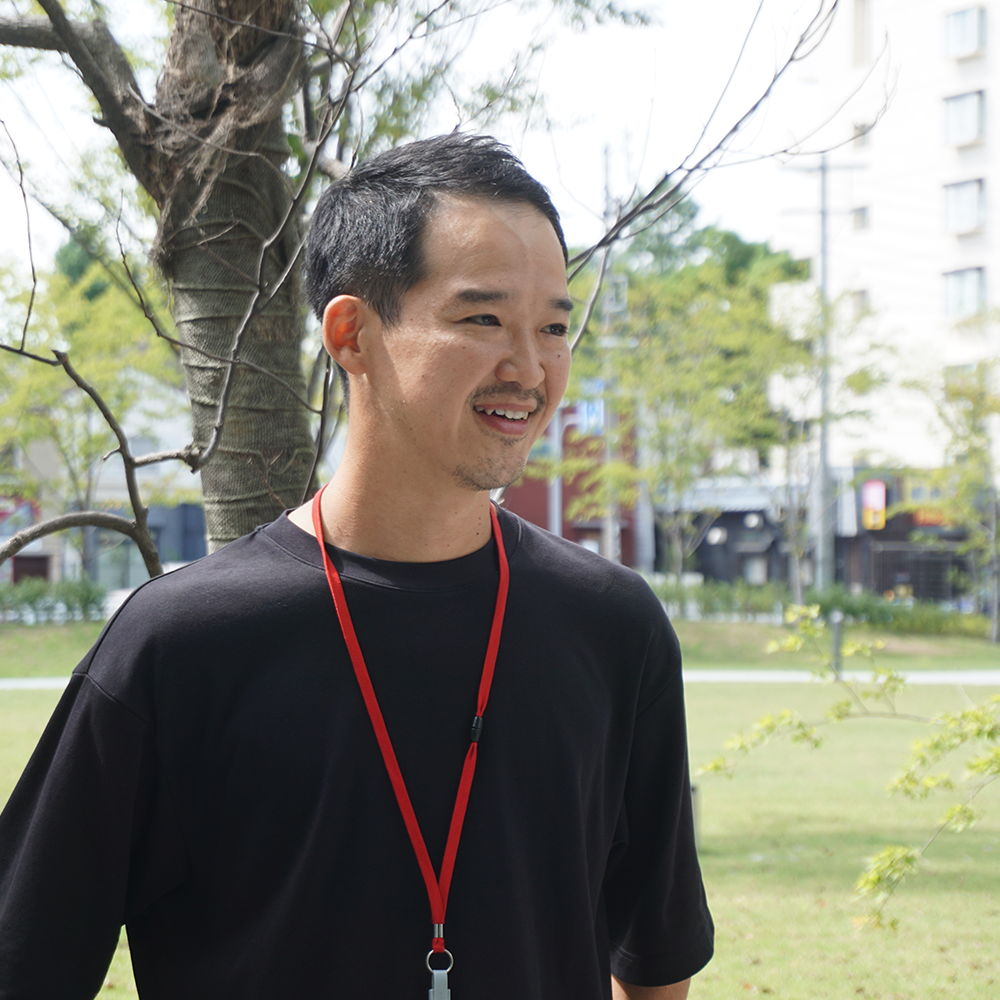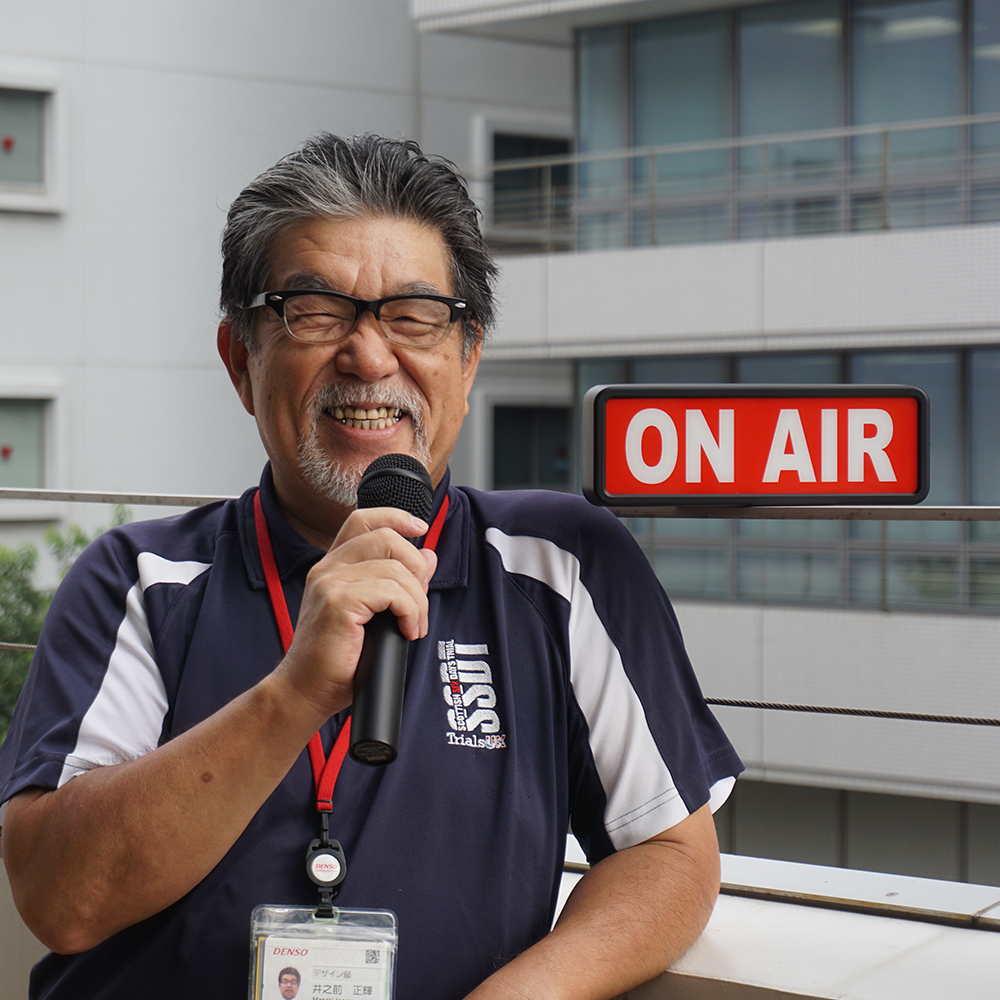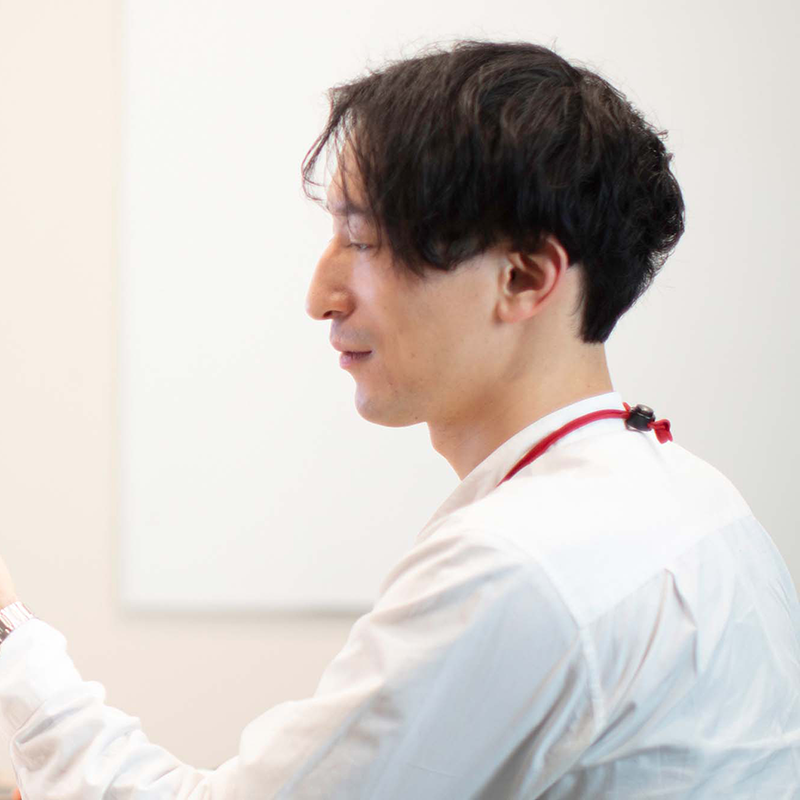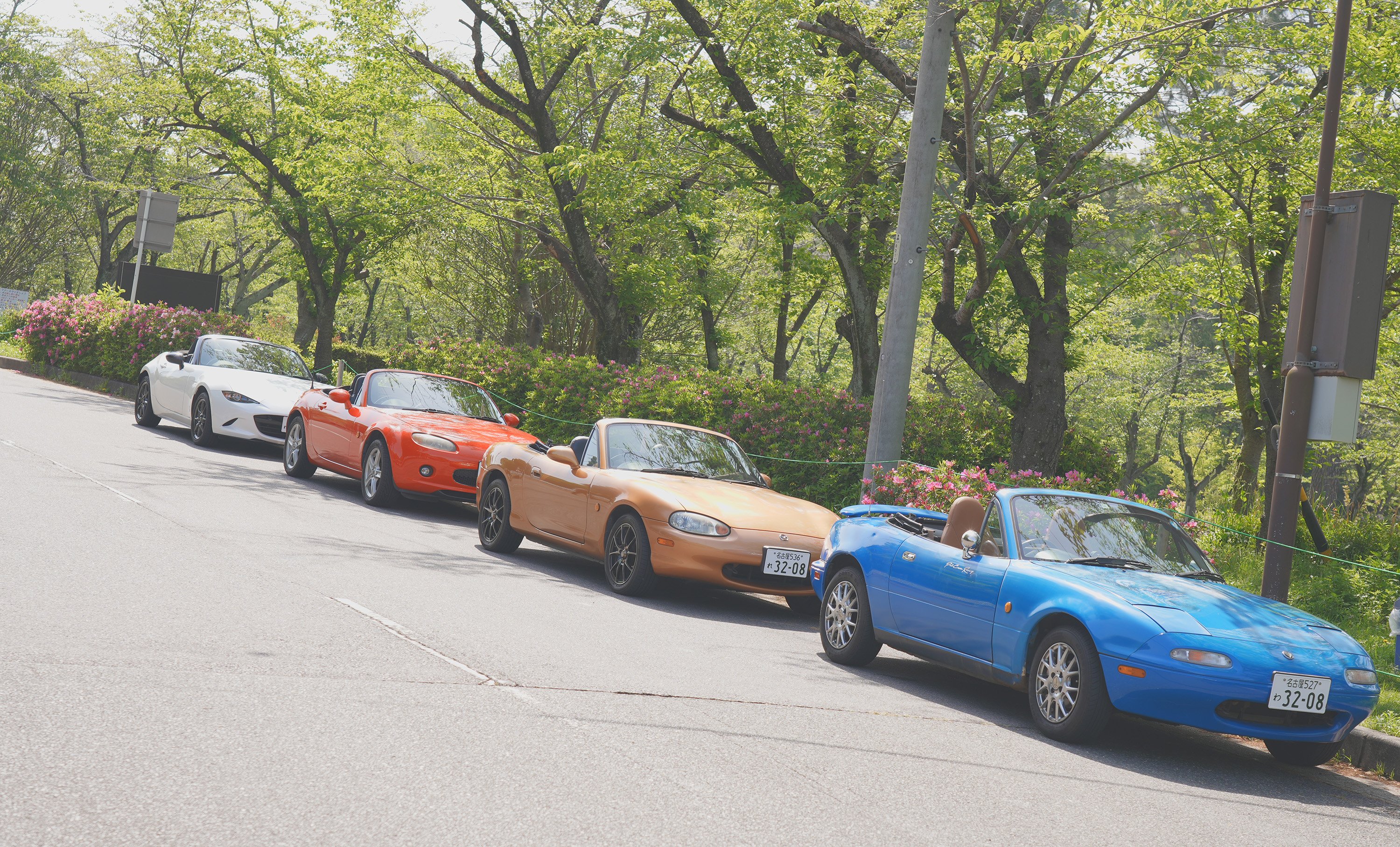
The Desire for Real Experiences
Oyama: It was right in the middle of the intense COVID-19 pandemic. Business trips were halted, and events had been on hold for a long time. As the restrictions began to ease a bit, the Product Design Department (PD Department) felt it was time to hold some kind of experience session. We do a lot of non-automotive work, so we have fewer opportunities to interact with cars. I felt strongly that we needed to see cars as well. When I shared this with the members, they agreed, so we planned this Mazda Roadster group test drive.
Ota: It was indeed a great plan. Since we seldom have the opportunity to ride in cars, it was a valuable experience for the Evaluation and Analysis Team of the Design Platform Department (DP Department) as well. As the Evaluation and Analysis Team, we wanted to participate. We were curious to see how emotions change while driving and how the ride quality of the four generations of the Roadster impacts usersʼ emotions.
Oyama: Itʼs amazing that something as invisible as individual emotions can now be visualized. With the DP Department joining, I was excited to see the results. Also, around that time, we had started discussing the concept of a reference model in the PD Department. We began exploring what kind of design reference model DENSO should have. By experiencing the Mazda Roadster, which embodies Mazdaʼs philosophy, I felt we could gain some valuable insights.
Inomae: As a former owner of the first-generation Roadster, I have a special attachment to it. I heard that the Roadster was developed with a background of creating something the developers genuinely wanted to make, somewhat detached from formal development routes.
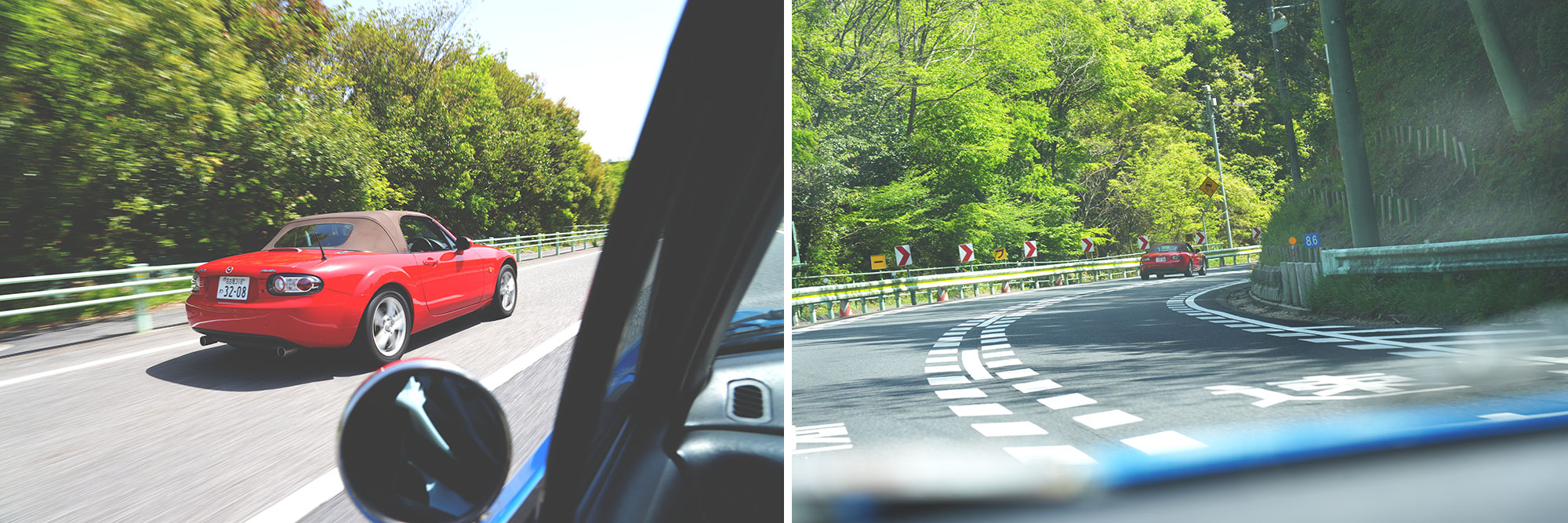
The Mazda Roadster
Oyama: How did Mazda nurture the Roadster?
Inomae: After the Roadster was released and became a big hit, Mazda held numerous test drives with users and continuously incorporated their feedback to develop the Roadster further.
Ota: Thatʼs fascinating. By integrating user feedback and going through trial and error, they established their identity.
Oyama: By looking at the concept of "Kodo Design" reflected in the latest ND model and comparing it from the initial NA model, you can sense Mazdaʼs identity.
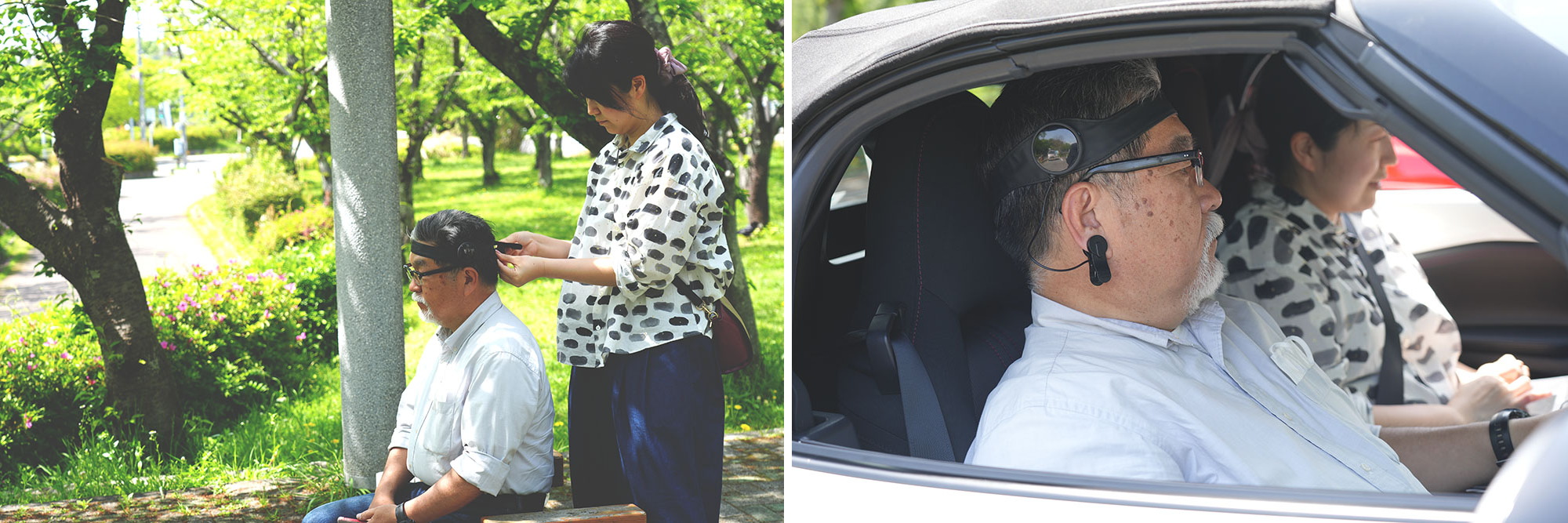
Measuring Emotions While Driving
Inomae: I participated as a driver this time, and I drove more seriously than I ever had before (laughs). Driving four cars in a row with full concentration was a fresh experience.
Oyama: Actually driving them, you could really feel the differences between the four models.
Inomae: Absolutely. Especially the ND felt like an entirely different car.
Oyama: In terms of ride quality, the ND was outstanding.
Ota: It was truly surprising to see that reflected in the brainwave data. NA, NB, and NC showed similar emotional responses, but ND elicited a different emotional reaction, distinctly setting it apart from the previous three generations.
Inomae: Exactly, the ND felt like a different car altogether. The previous three generations felt like they were made by car enthusiasts, while the ND seemed like a car that was thoroughly rethought and redesigned to be even more beloved.
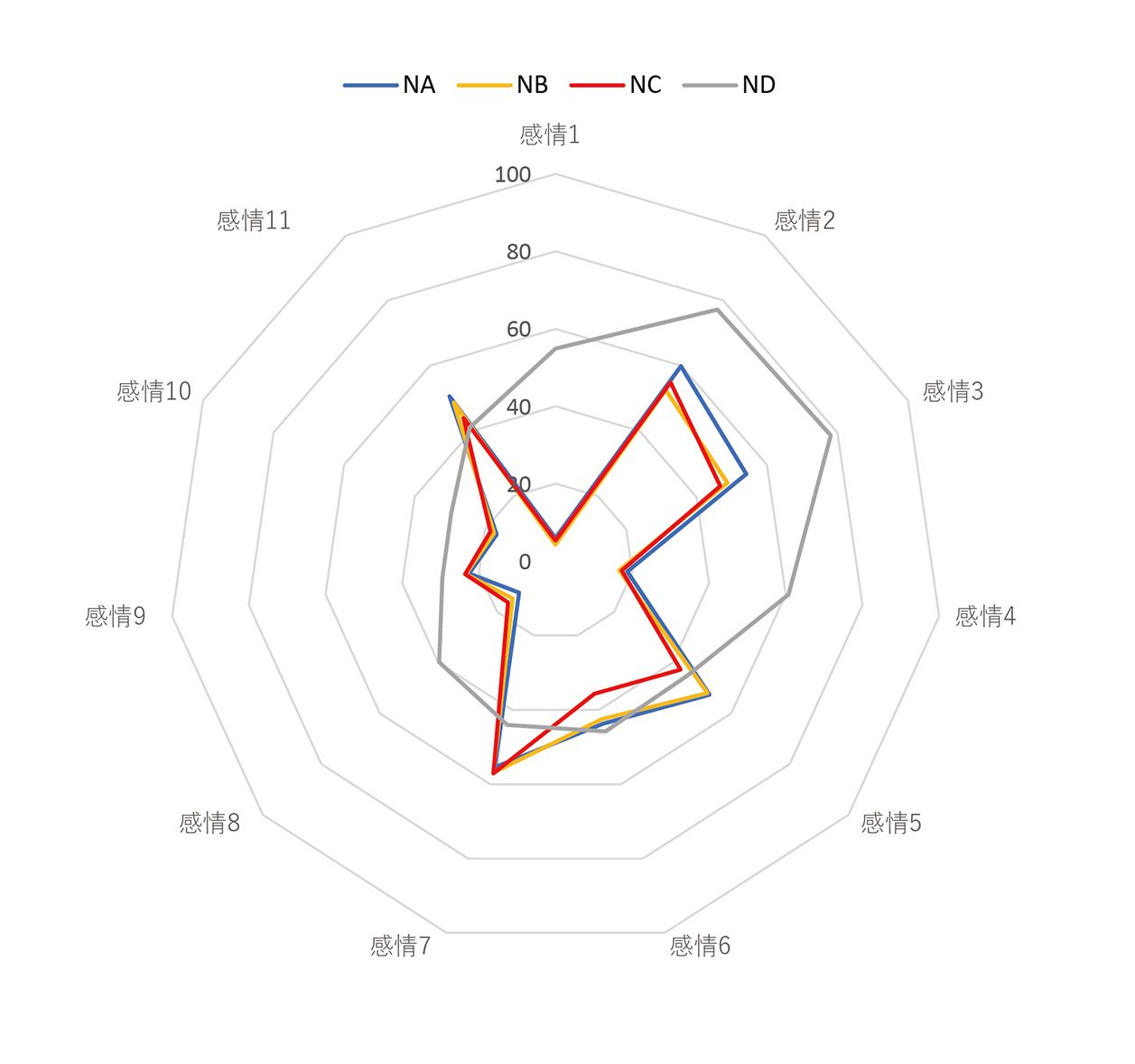
Ota: Continuing with actual car events like this in the future would be fascinating.
Inomae: Yeah, letʼs do it, letʼs do it.
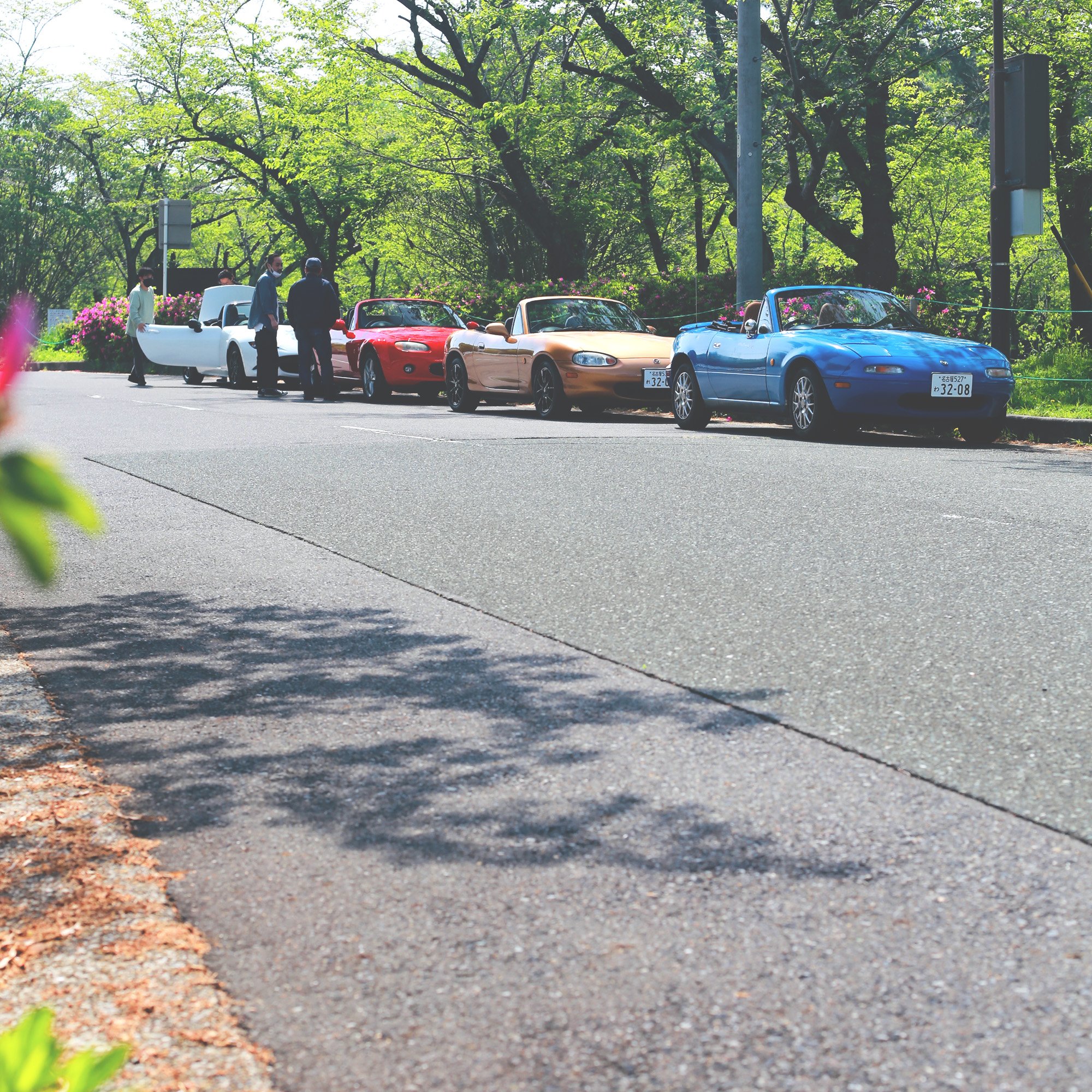
Tags
Other ActivitiesAll Activities

